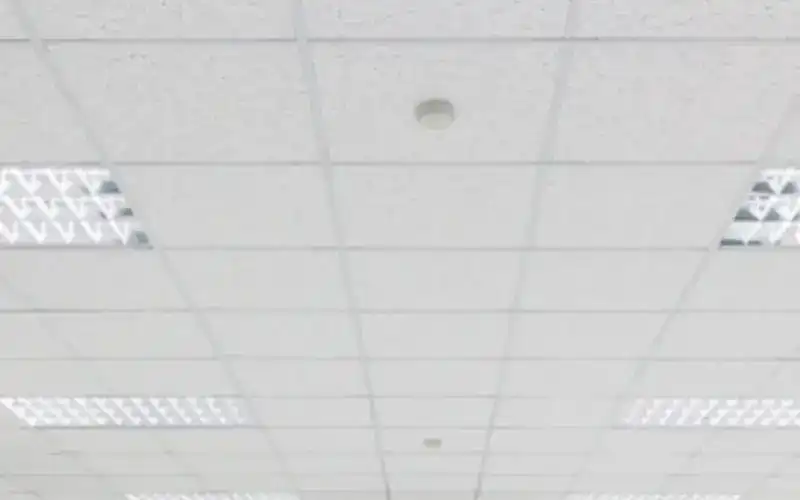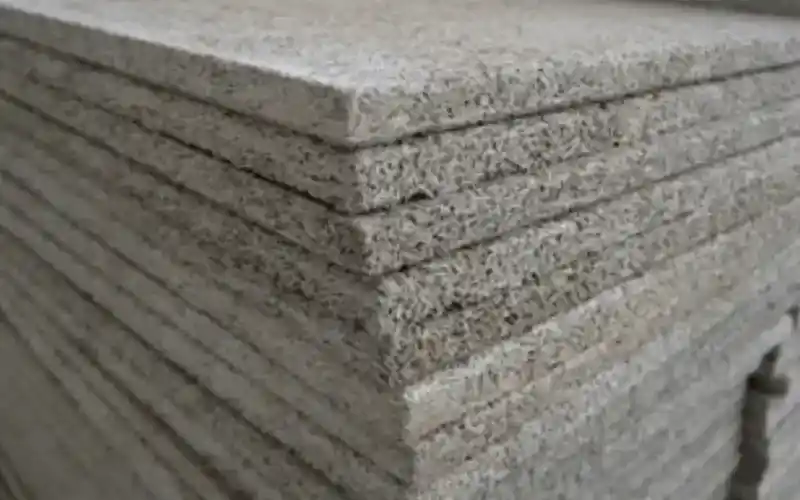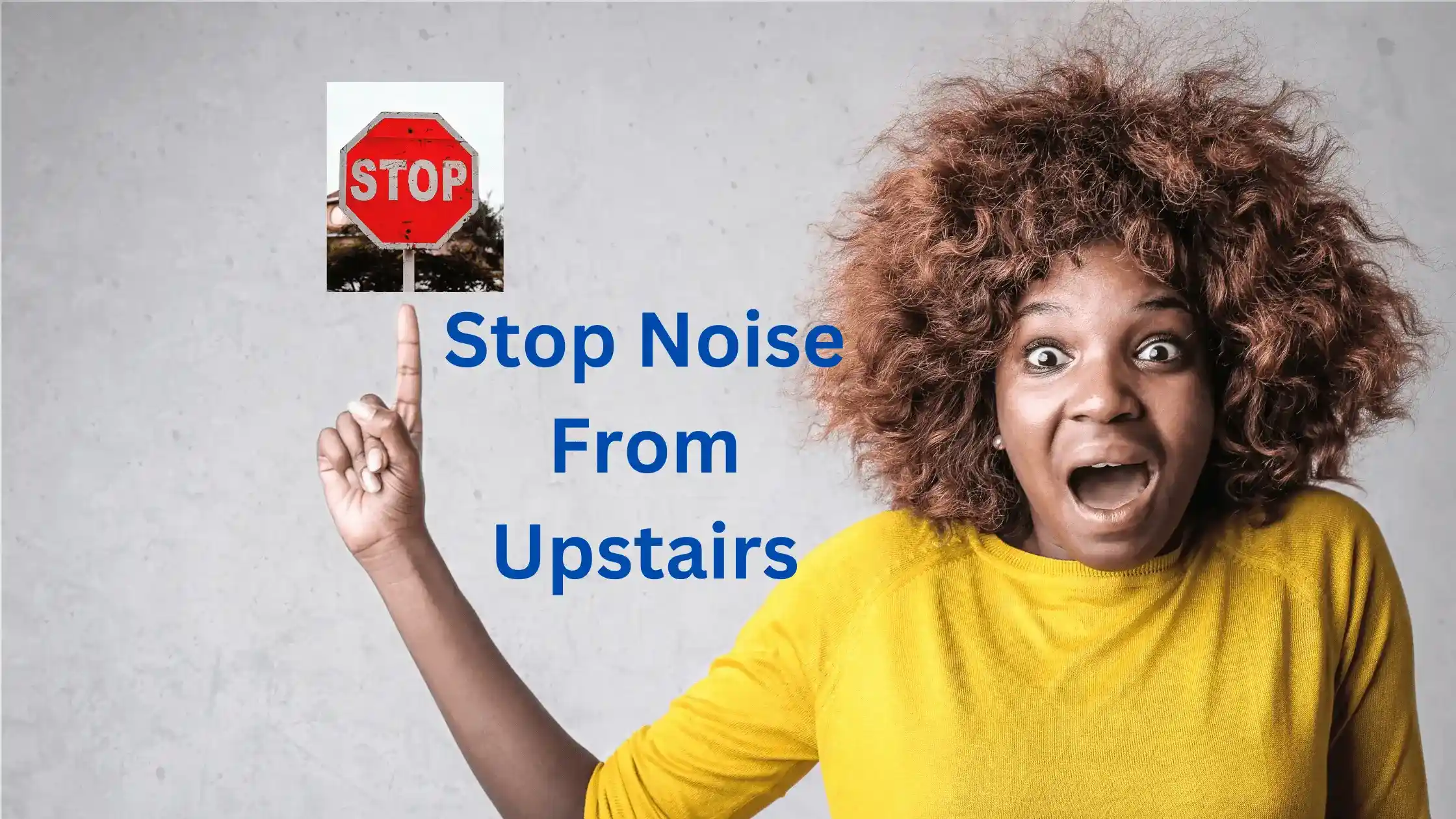Introduction:
If you haven’t soundproofed your ceiling, you haven’t finished soundproofing your home. If there is any disturbance upstairs, sounds can easily leak through due to limited soundproofing. Now, the question is how to soundproof a ceiling properly to get rid of any sound from upstairs.
That may be the sound of someone jogging on a treadmill or watching high-volume television. Every week, your upstairs neighbor has parties, and there is constant noise flowing down to your room. As a result, the only answer is a soundproof ceiling.
Depending on whether you are installing a new ceiling or fixing an existing one, the approach should change. When constructing a new ceiling, this is the time to make it soundproof.
If the structure is old, you may not want to go through the hassle of dismantling it and constructing a whole new ceiling.
Keeping the existing ceiling and adding more may provide better soundproofing than removing everything.
Types of noise:
Impact noise:
Impact noise is the sound of footsteps or a chair moving over the floor surface. As these noises are formed on the floor itself, they quickly move to the below floor.
This is also called structural noise. Noise spreads through your ceilings and walls whenever an object has a direct influence on a structure. This is why people can hear footsteps or falling objects upstairs.
Airborne noise:
Voices or music are examples of airborne noise, and it spreads in waves across open areas inside the building.
This noise goes across the air. Noise sources produce sound waves that move through the atmosphere unless they strike a hard wall, such as a ceiling. Because hard surfaces cannot entirely absorb noise, it travels through walls and into adjacent rooms.
Materials used for soundproofing:
Absorbtion materials:
This component is the absorber of sound, which results in less noise. Fiberglass, cotton, foam, and mineral wool are examples of insulators. Rather than filling your ceiling, the purpose of insulation is to keep the density low. It is particularly intended to decrease airborne noise.

Decoupling:
To reduce impact noise, separate pieces inside your ceiling to interrupt the flow of vibrations through the frame. Fall ceilings have already been designed to be decoupled, but drywall ceilings must need structural work.
Damping:
Damping is achieved via damping substances. It has the capacity to convert noise to heat energy.
Mass:
Build the wall as thick as feasible since a solid structure keeps airborne sound off. Examples include drywall, plywood, cement board, and other high-mass materials.
Adding an extra layer of material, such as an extra sheet of drywall, keeps airborne noises from reaching you.
How to Soundproof a Ceiling?
Drywall with a single layer:
Single-layer drywall is inefficient at soundproofing. The surface is tiny and easily vibrates in response to noise. As a result, sound travels from the drywall to the joists and then to the room. A thicker drywall is more soundproof than regular drywall.
Cover the ceiling gap with appropriate insulation or sound-absorbent substance, such as fiberglass, to soundproof a drywall ceiling. This method reduces only airborne noise but it does not reduce impact noise.
Drywall with 2 layers:
It thickens the ceiling, resulting in greater volume than standard drywall. Impact noise is reduced by the double-layer drywall.

Damping with Green Glue:
This can be used to improve soundproofing. A coating of Green Glue between both the two drywall may completely prevent airborne noise as well as impact noise. The best part is, you don’t need to remove the current drywall using this procedure.
Insulate using fiberglass:
Basement-exposed joists allow for the installation of fiberglass tiles.

Acoustic tiles:
Acoustic tiles may be a nice addition to soundproofing. A metal grid holds the tiles together.

Mass-loaded vinyl sheets:
Mass-loaded vinyl absorbs and interrupts sound.

Isolation clips:
You can make a channel to hold the second layer of drywall by using isolation clips.
How to Soundproof a Ceiling; Conclusion:
I hope, this blog has helped you to answer your question about how to soundproof a ceiling. In present times, homeowners are becoming more aware of the sound reduction options that are available to them.
Soundproofing your ceiling, when done properly, can help to reduce noise almost 99% of that enters a room. For maximum results, proper substances and soundproofing procedures should be employed.
